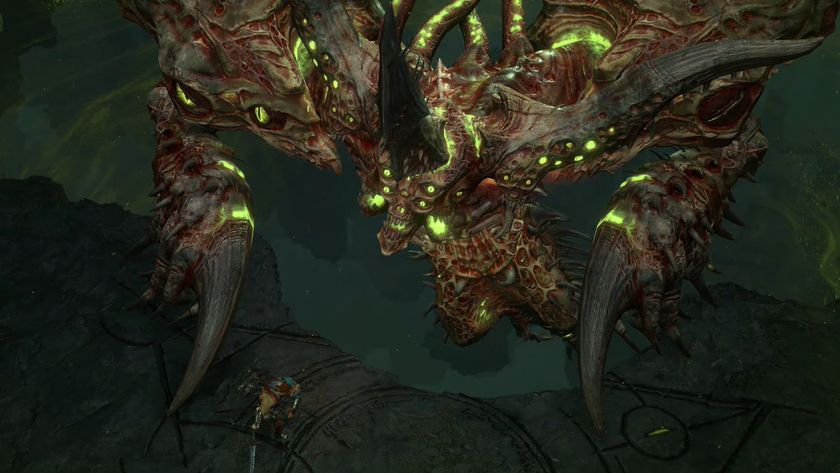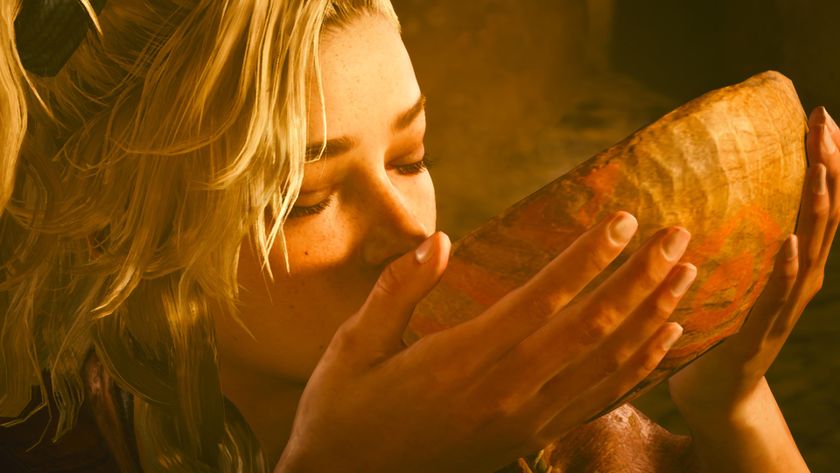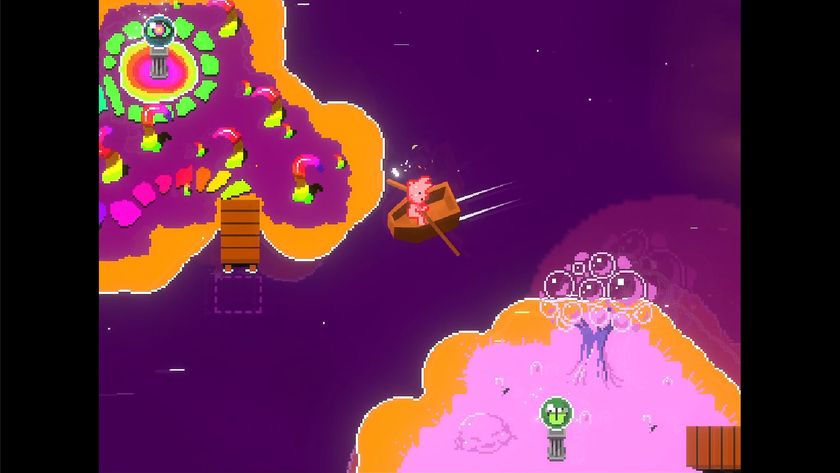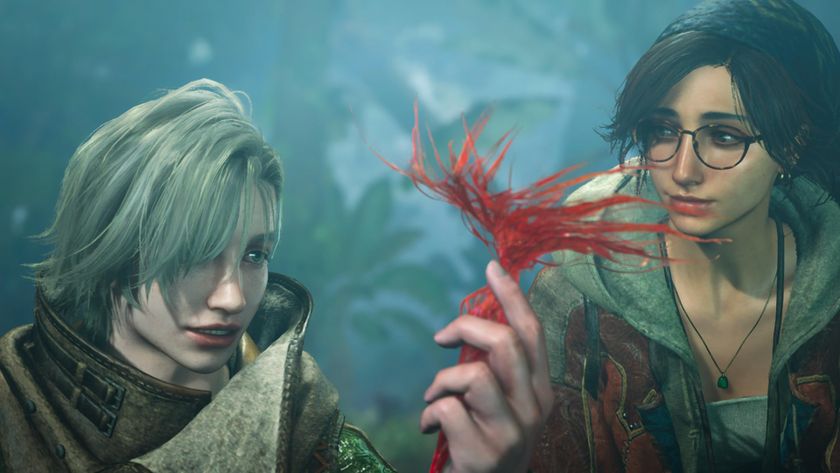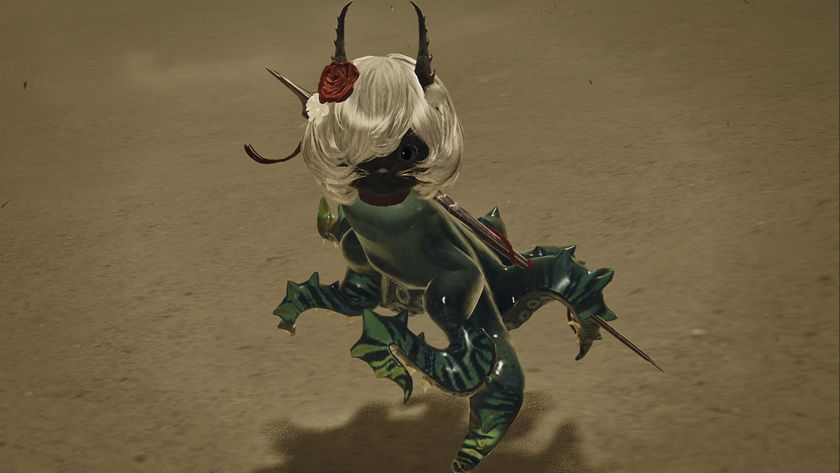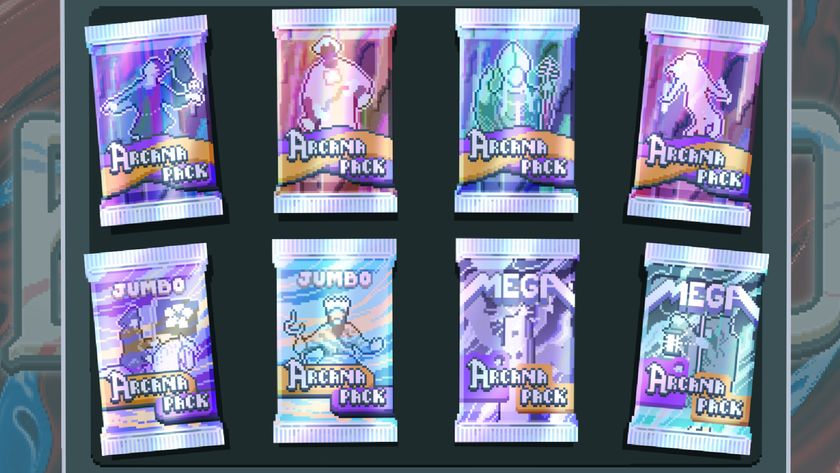Have we been secretly playing Shenmue 3 for years?
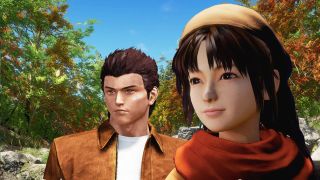
Hiding in plain sight
The prospect of Shenmue 3 had much in common with the return of Star Wars. It might have only been ten years since Revenge of the Sith rolled out at the cinema a blink of an eye compared to the 16 years Shenmue fans will have been waiting for a new game by the time the third instalment comes out but fans of both series have become accustomed to long waits for new releases. And for both series - for different reasons - the pressure on their current revivals has been vast.
But Star Wars had it slightly easier. The films between the original trilogy and now have been not good. Shenmue 2, however, is regarded as something of a masterpiece. Not only that, but in the years that have passed, games have moved on by quite a degree. All the lauded innovations Shenmue and its successor brought into play have long been either iterated on or plain ol' nabbed. It all begs the question, with its influence spread far and wide since 1999, have we actually been playing Shenmue 3 for years? Here are six core elements of the series that are far from uncommon these days. Maybe you didn't need to back that Kickstarter, after all.
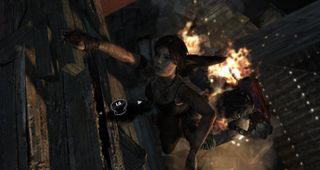
The QTE
It's easy to forget now, but in the run up to the original Shenmue's launch back in 1999, the Quick Time Event was billed as a key selling point. Even for Shenmue advocates, however, QTE sections were the digital equivalent of Marmite. Though some relished their simplicity and spectacle, for others they were a constant stumbling block. Nevertheless, over the years we've seen a spate of games employ QTEs to drive the action forward with a quick change of pace.
Resident Evil 4 breaks up the shooting and horror with some dramatic QTE-driven stunts. The Last of Us and the recent Tomb Raider reboot build QTEs directly into combat, while Metal Gear Solid 4 notably uses the technique during Snake's climactic slug through the microwave chamber, adding extra tension and pathos to what would otherwise be a cut-scene. And the God of War series most epic action is practically made of QTEs. Telltale's The Walking Dead series, however, evolves the system in a whole new direction. The conversational trees that make up the bulk of play are timed events, with the responses you give having an impact on much of what follows. Will Shenmue 3 really be able to put a new spin on a feature that's become even more commonplace than Yu Suzuki predicted?

The fighting system
It's something action games have struggled with since the beginning of time: how do you surround a player with folk to fight without overwhelming them? Do you make them attack neatly one by one, like in the kind of cheap action flick you might see on a random cable channel late at night, or do you send them all in at once but weaken them to such a degree that they fall like nine pins? Shenmue opted for a spin on the former, restricting attacks to just a few at a time, but locking off the battle to a circle, creating a smartly controlled hybrid of the one-on-one fighter and the scrolling brawler.
Since then, many games have been happy to follow much the same path, albeit a little more subtly in Ryos staunchly stage-managed encounters. The very fact that the Arkham series, Assassin's Creed, the Mad Max and Mordor games, and even the likes of Xbox One launch bomb Ryse: Son of Rome have adapted what was once a fairly unique combat system is something of a worry for Shenmue 3. If the third game is to have anywhere near the same level of impact as the previous two, Suzuki won't just have to match the series' existing combat system, he's going to have to better it.
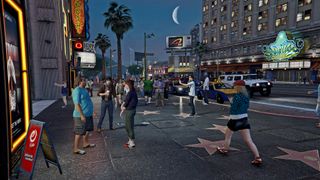
Day-to-day life simulation
It's rather strange when you think about it but, ever since games ventured into the world of 3D, we've been desperate for them to simulate the mundanities of out lives. Shenmue, of course, really kickstarted this. You'd be hard pressed to find a bona fide fan who didn't dedicate hour upon hour to simply walking the streets of Yokosuka, talking to randoms for no reason, or even contain yourselves deciding what to feed a stray cat. Are you one of the hardcore who followed the countless steps required to unlock the duck race in Shenmue 2? And did you trigger Fangmei's birthday party along the way?
Of course, handing out scores of tangential missions, wrapped up in a world that seems to tick along very nicely with or without you, is something that Grand Theft Auto has built into its very core ever since GTA 3 hit the PS2. 'Real' life simulation is now seen as the norm, whether you're talking Rockstar's big IP Bully giving GTA a run for its money Ubisoft's Assassin's Creed and Watch Dogs, Fallout, Skyrim, or even also-ran series like The Getaway. The long and short of it is, if you're looking for a living, breathing open-world, Shenmue 3 will definitely not be your only port of call in 2017.
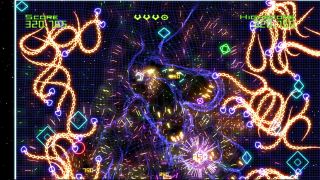
Games within games
So immersive is Shenmue's open-world that you can even pop down to the arcade and take on scores of other games while playing as Ryo. A handy nod to Yu Suzuki's illustrious back catalogue, the first outing sees Sega classics like Hang On and Space Harrier making an appearance, while Shenmue 2 pushes the boat out further, offering up Outrun and After Burner. More than a gimmick, putting games within the games really strengthened Shenmues sense of its own reality.
It's hard to know whether Suzuki will look to pack arcade cabinets into Shenmue 3. Hell, might he be cheeky enough to hide a Dreamcast somewhere in the game's outreaches, allowing players to play the original Shenmue within the latest version? Or would that be a little bit too Inception? Either way, Shenmue is no longer the only game to allow you to take on other titles within its confines. The original Geometry Wars was designed by Bizarre Creations to slot into the second edition of its celebrated Project Gotham series, but became a sensation all of its own. And then of course TimeSplitters 2, No More Heroes, Doom 3, Wolfenstein: The New Order, Fallout 4, and a raft of others have included playable, separate video games within the fabric of their worlds.
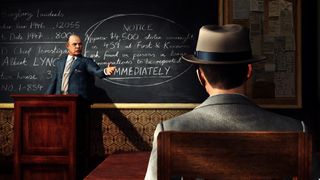
The art of conversation
For a game where the lead character's typical reply to any question is I see, Shenmue doesnt half hang its hat on conversation driving the plot forward. Until Ryos first adventure - on console at least - perhaps only the original Metal Gear Solid and particularly text-laden Japanese RPGs could rival Shenmue when it came to chatting to NPCs, and that focus was only ramped up in its sequel. But conversation-heavy games are anything but a rarity these days, and that dialogue is only getting more important and interactive, with scores of games Mass Effect, Dragon Age, The Walking Dead, the Fallout series, and the likes of recent indie hit Her Story - putting the art of talking front and centre.
Perhaps the best example of a chat-happy game with serious evolutionary intent is L.A. Noire. The game takes questioning NPCs to a new level, with much of your success derived from your ability to read the merest change in facial expression as a sign of guilt or a symbol of innocence. Shenmue might have established dialogue as a major console game mechanic, but ironically its level of influence means that its threequel can no longer rely on it as a selling point.
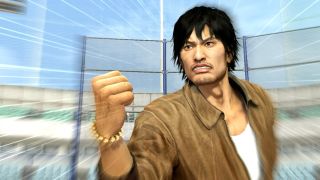
Every element of Shenmue ever
The Yakuza series. Seriously, just the Yakuza series. It does it all. Regardless of its hesitance to greenlight Shenmue 3 over the years, Sega has been banging out bonkers, crime-focused remixes of the series core conceits the entire time. Play some of it while waiting for Shenmue 3 to hit the shop shelves, and youll see what I mean.


